Rising Demand for Bandwidth
The E-Line Metro Ethernet Service Market is experiencing a notable surge in demand for bandwidth as businesses increasingly rely on data-intensive applications. This trend is driven by the proliferation of cloud computing, big data analytics, and video conferencing solutions, which necessitate robust and reliable connectivity. According to recent data, the bandwidth consumption in enterprise environments has escalated, with estimates suggesting a growth rate of approximately 25% annually. As organizations seek to enhance their operational efficiency and support remote work, the need for scalable and high-capacity Ethernet services becomes paramount. Consequently, service providers are compelled to innovate and expand their offerings to meet this burgeoning demand, thereby propelling the E-Line Metro Ethernet Service Market forward.
Increased Focus on Network Security
The E-Line Metro Ethernet Service Market is increasingly influenced by the heightened focus on network security. As cyber threats become more sophisticated, organizations are prioritizing secure connectivity solutions to protect sensitive data. E-Line services offer enhanced security features, such as dedicated connections and encryption, which are essential for safeguarding information transmitted over the network. The rising incidence of data breaches has prompted businesses to seek out Ethernet solutions that not only provide high-speed connectivity but also robust security measures. This trend is likely to drive growth in the E-Line Metro Ethernet Service Market, as companies invest in secure networking options to mitigate risks and ensure compliance with regulatory standards.
Expansion of Smart Cities Initiatives
The E-Line Metro Ethernet Service Market is benefiting from the expansion of smart city initiatives, which aim to enhance urban infrastructure through advanced connectivity solutions. As municipalities invest in smart technologies, such as IoT devices and real-time data analytics, the demand for reliable and high-speed Ethernet services is expected to rise. These initiatives often require extensive networking capabilities to support various applications, including traffic management, public safety, and environmental monitoring. The integration of E-Line services into these projects not only facilitates seamless communication but also enhances the overall efficiency of urban operations. Consequently, the E-Line Metro Ethernet Service Market is likely to see increased investment and development as cities strive to become more connected and efficient.
Cost-Effectiveness of Ethernet Solutions
The E-Line Metro Ethernet Service Market is increasingly favored for its cost-effectiveness compared to traditional leased lines. Businesses are recognizing that Ethernet services offer a more economical solution for high-speed connectivity, particularly for data-heavy applications. The average cost per megabit for Ethernet services has decreased significantly over the past few years, making it an attractive option for enterprises looking to optimize their IT budgets. This shift towards more affordable connectivity solutions is likely to drive further adoption of E-Line services, as organizations seek to balance performance with cost. As a result, the E-Line Metro Ethernet Service Market is poised for growth, with many companies transitioning from legacy systems to more efficient Ethernet-based solutions.
Growing Adoption of Remote Work Solutions
The E-Line Metro Ethernet Service Market is witnessing a significant uptick in adoption due to the growing trend of remote work solutions. As organizations adapt to flexible work environments, the need for reliable and high-speed internet connectivity has become critical. E-Line services provide the necessary bandwidth and stability to support remote collaboration tools, cloud applications, and virtual private networks. Recent surveys indicate that a substantial percentage of companies are investing in enhanced connectivity solutions to ensure their remote workforce remains productive. This shift is likely to sustain the demand for E-Line Metro Ethernet services, as businesses prioritize robust networking capabilities to facilitate seamless communication and collaboration among distributed teams.


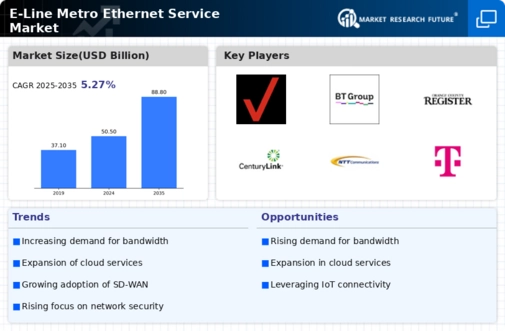
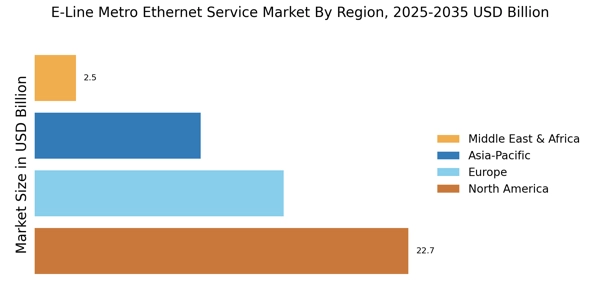
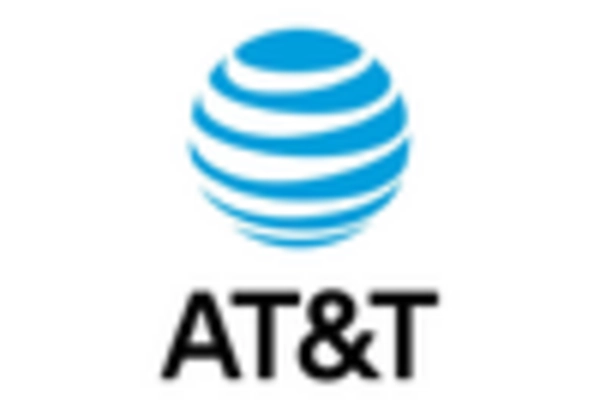
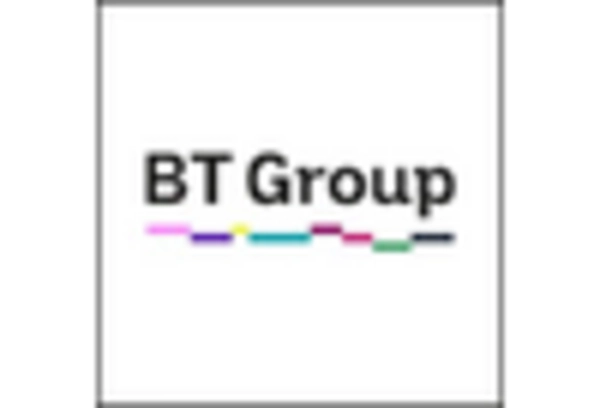

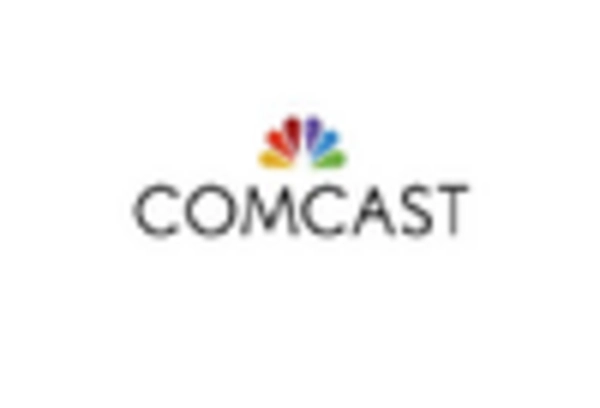










Leave a Comment